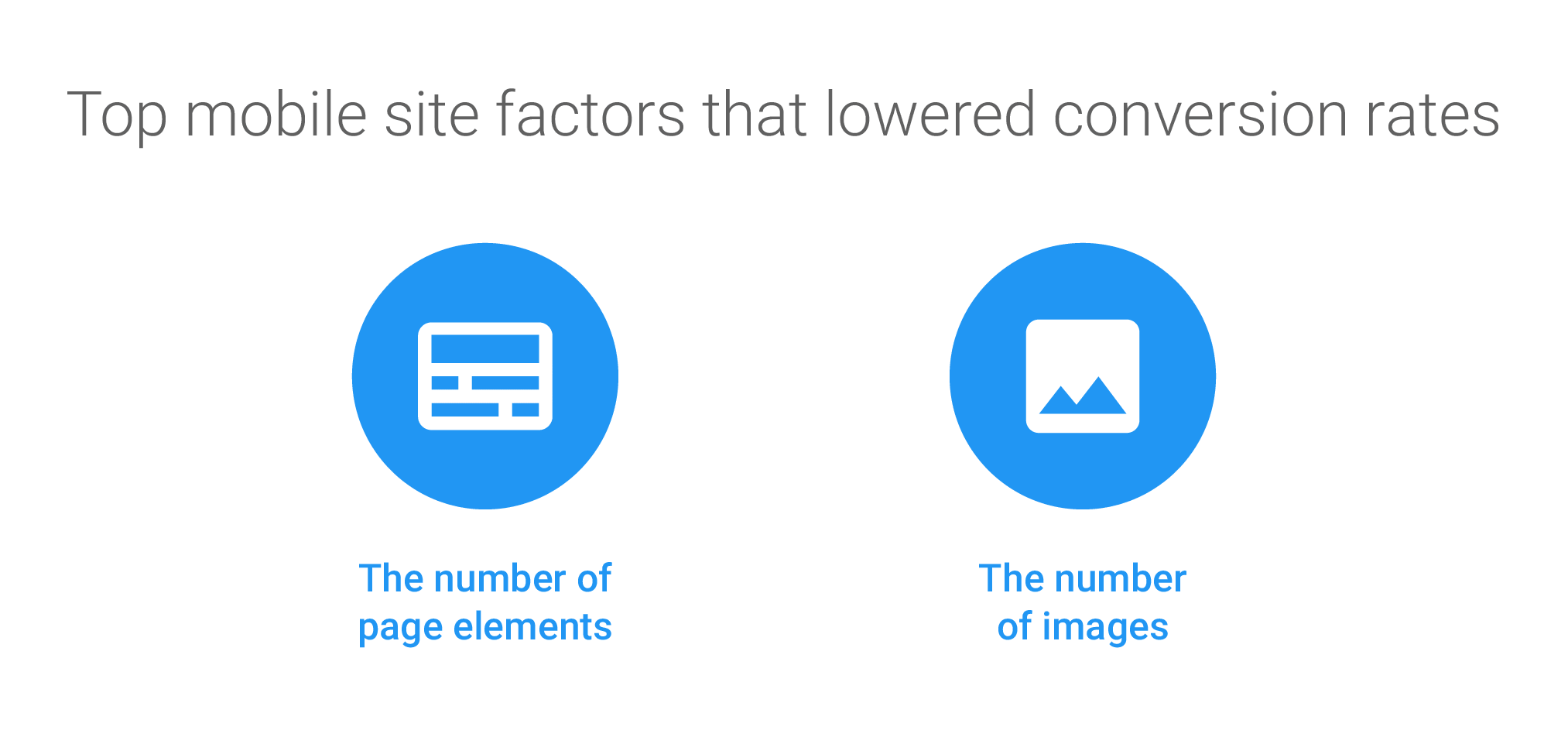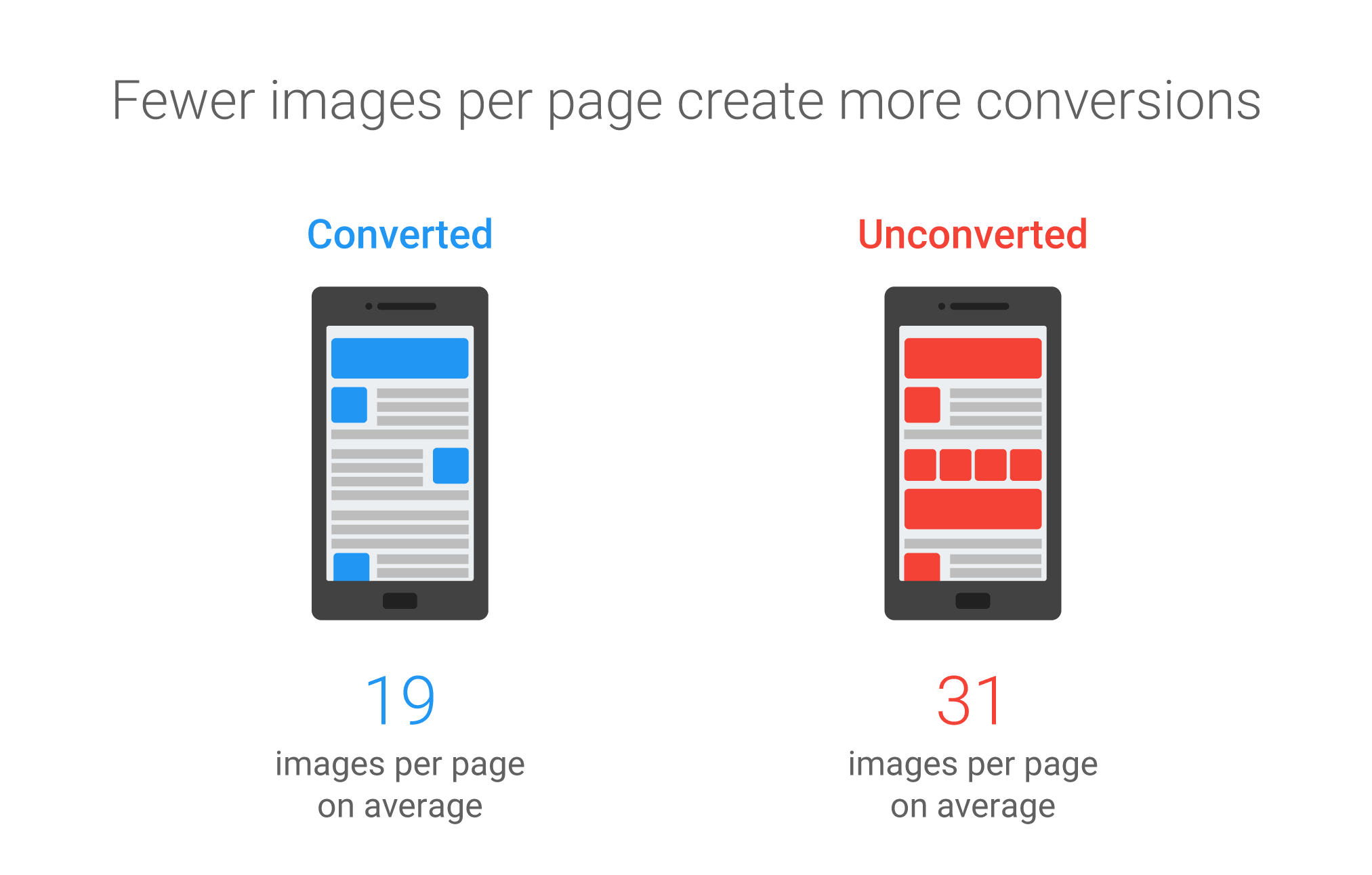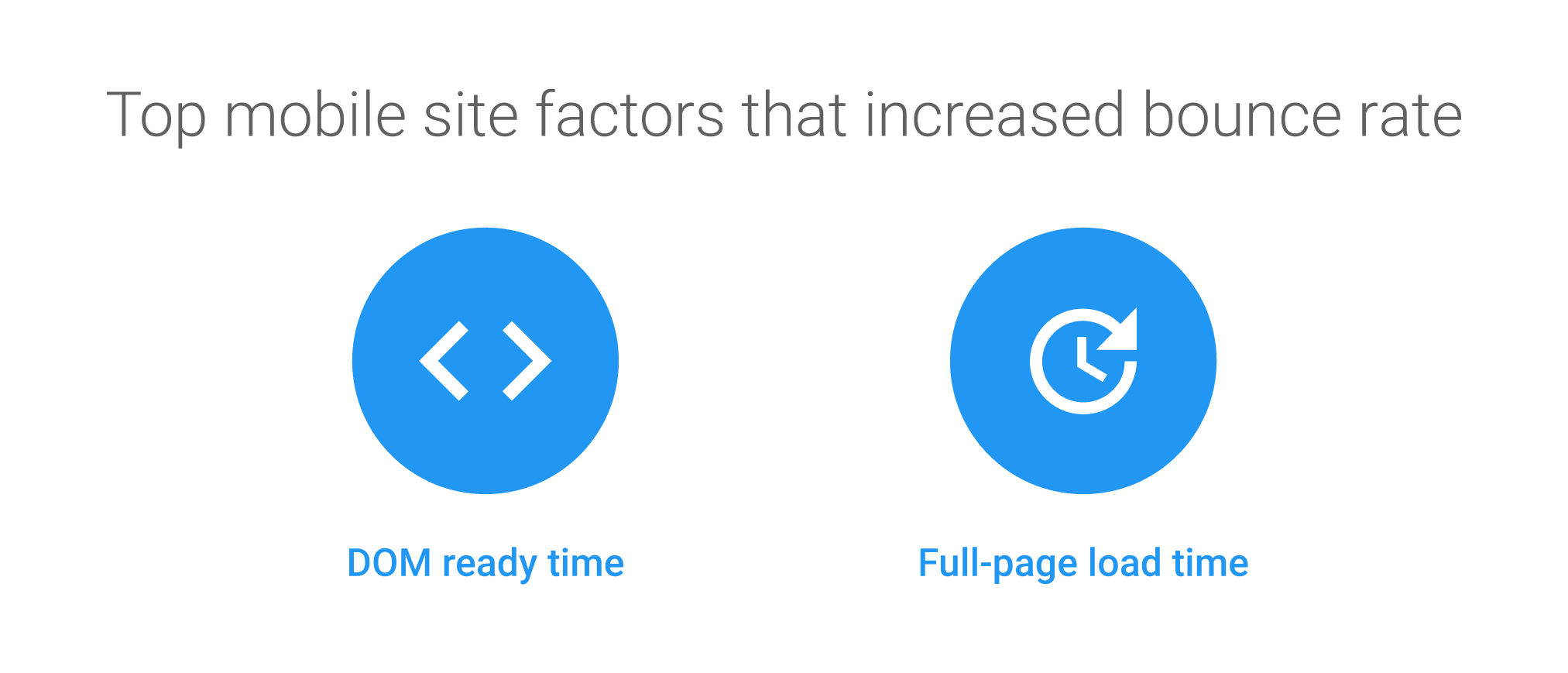
People use their mobile devices to buy quite ever before. However the typical mobile retail web site performance does not live up to expectations—leading brands to lose customers and sales.
Shoppers expect brands to deliver quick and resistance mobile experiences.
Mobile web sites lag behind desktop sites in metrics like average time on site, pages per visit and bounce rate. For retailers, this will be particularly pricey since 45% of all on-line purchases currently happen on mobile phones.
The way to learn about site performance
Google built two machine-learning models: one for predicting conversions and one for predicting bounce rates. Each model used real-world data from a large sample of mobile e-commerce sites, correlating the impact of 93 different page metrics from image formats to number of scripts. Simply put, the two models looked for which mobile-site factors would lead shoppers to buy or bounce. The conversion model had a prediction accuracy of 93%, and the bounce model was even more accurate, at 96%.
Complicated pages can reduce conversion rates
Shoppers are less likely to buy on overloaded and complex site pages. But let’s really dive into what “complex” means, by looking at the top page attributes that reduce conversion: number of elements on the page and the number of images.

1. The number of page elements. The more elements on a page, the greater the page’s weight and complexity. This makes page loads volatile.
Takeaway: As a site owner, you can tackle this problem by setting performance budgets for pages. This means, for example, you could decide you want your site to load within three seconds (the “budget” of each page). Using that benchmark, you can cull unnecessary page elements that cause the load time to exceed that limit. You can also audit and monitor all the third-party scripts on your site that affect your mobile page speed.
2. The number of images. In our research, we found that the number of images on a page was the second greatest predictor of conversions.

Takeaway: To make sure that your mobile page speed is as fast as possible, confirm that your images are formatted correctly.
Slow pages can increase bounces
For bounce rate, which measures the percentage of people that leave your mobile site without exploring beyond the first page, speed has the most impact. But in the world of site performance, speed has many faces. Let’s look at the top two site attributes that impact bounce rates: DOM ready time and full-page load time.

1. DOM ready time. We found that DOM ready time—the amount of time it takes for the page’s HTML code to be received and parsed by the browser—is the greatest predictor of bounce rate.
Takeaway: One way to speed up the DOM ready time of your site is to avoid the use of JavaScript that blocks and prevents a browser from parsing HTML code. The most common elements with JavaScript are third-party ads, and analytics and social widgets that must be fetched from an external server before they can load.
2. Full-page load time. Next to DOM ready time, the number of seconds it took for the full page to load—including images, fonts, CSS codes, etc.—had the most impact on whether a user would stay on a mobile site. We found the median mobile website load times for bounced sessions were about 2.5 seconds slower than nonbounced sessions.
This finding is compelling because, within the web performance industry, there has been a growing tendency to regard page load time as a meaningless metric. With such a strong correlation between load time and bounce rate, dismissing it may be premature.

Takeaway: We’ve mentioned a couple of ways to improve full-page load time already, including optimizing images, sticking to a performance budget, and avoiding third-party files that can slow load time. You can also optimize the fonts and structure of your webpages so they can be rendered faster and without preventing other aspects of the page to load. And, it can help to avoid redirect links, which automatically send users to new URLs.
How to analyze and improve your mobile page speed
How can you get faster site or Blog?
Start with understanding of your current site speed using https://developers.google.com/speed/
And, then work on each proposed opportunities.
If it is too complicated for you, we’ll be glad to help.
Original article – https://www.thinkwithgoogle.com/marketing-resources/experience-design/mobile-page-speed-load-time/